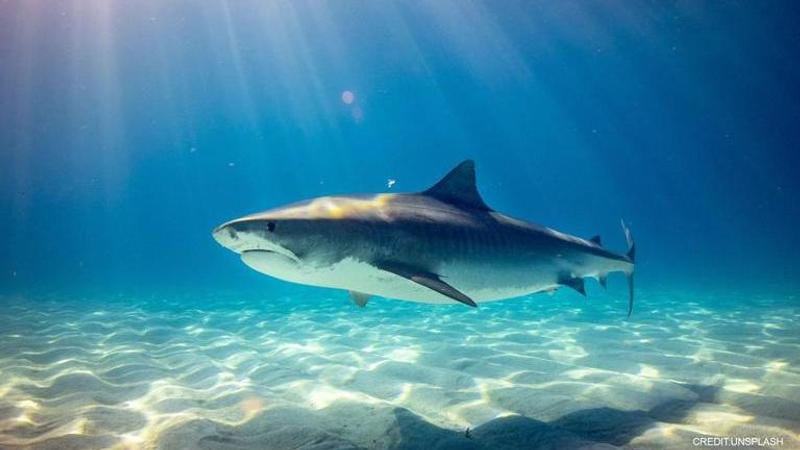Published 11:28 IST, July 14th 2021
'Superhighway' of sharks and turtles discovered deep in Pacific Ocean off Costa Rica
An underwater 'superhighway' stretches around 700 km deep in the Pacific Ocean. It is located between the marine reserves of Ecuador's Galapagos Islands.

An underwater 'superhighway' stretches around 700 km deep in the Pacific Ocean. It is located between the marine reserves of Ecuador's Galapagos Islands and Cocos Island off the coast of Costa Rica, according to scientists. The 'superhighway' is important for sea life, such as sea turtles, whale sharks and hammerhead sharks, as per a CNN report.
Scientists try to rescue 'superhighway' of sharks
The route can be dangerous as the swim way is open to fishing vessels, unlike the marine reserves at each end. According to the data, the population of the migratory species is declining. Most of these species are also endangered. Alex Hearn, a biology professor and founding member of MigraMar, which is a coalition of scientists and environmental groups told CNN that protecting biodiversity hotspots around the islands is not enough.
Hearn’s team is campaigning for the entire swim way to be protected. The swimwear is an area, which stretches over 2,40,000 square kilometres of ocean. The team wants to get fishing restrictions extended beyond the current 74-kilometres radius around the Galapagos islands and a 22-km radius around Cocos Island. This will help in creating a narrow-protected channel between the two that follows a chain of seamounts, underwater mountains that rise from the seafloor. The scientists of MigraMar have been trying to prove the importance of the swim way by documenting the species that use it.
Scientists have been able to monitor the exact pathways of marine species along the swim way. All of these species are suffering from population decline and are listed as vulnerable, endangered or critically endangered. The most common threat to these migratory species is fishing, reported by CNN. They can be accidentally caught by fishing vessels, entangle themselves in nets, or in the case of sharks, are illegally hunted for their meat and fins. MigraMar have produced a document outlining the need to create the swim way, calling for it to include "no take zones" that prohibit human disturbance such as fishing.
IMAGE: Unsplash
Updated 11:28 IST, July 14th 2021




